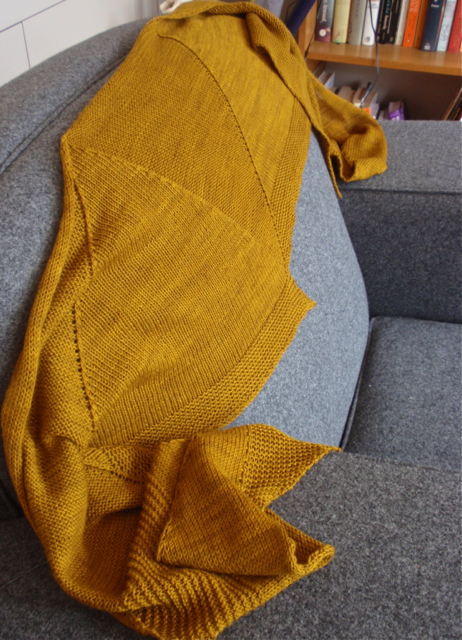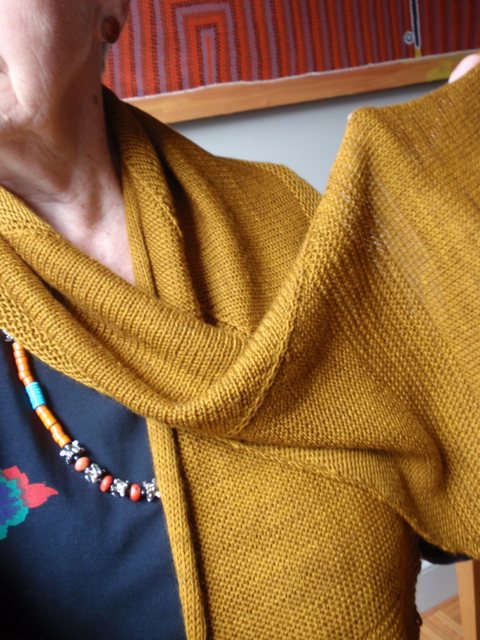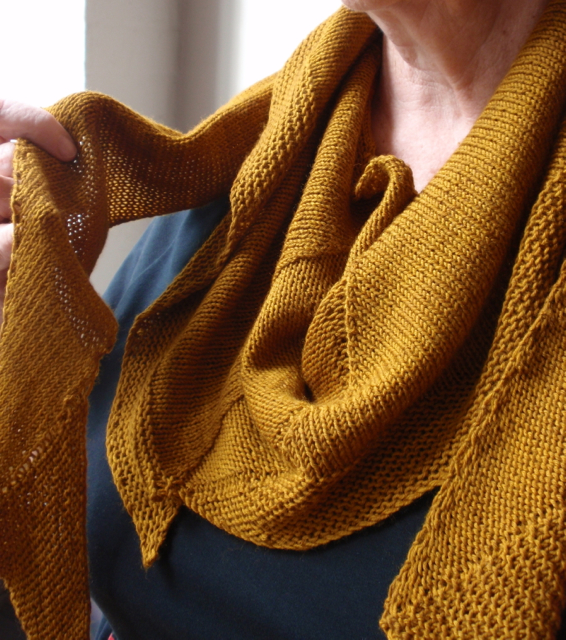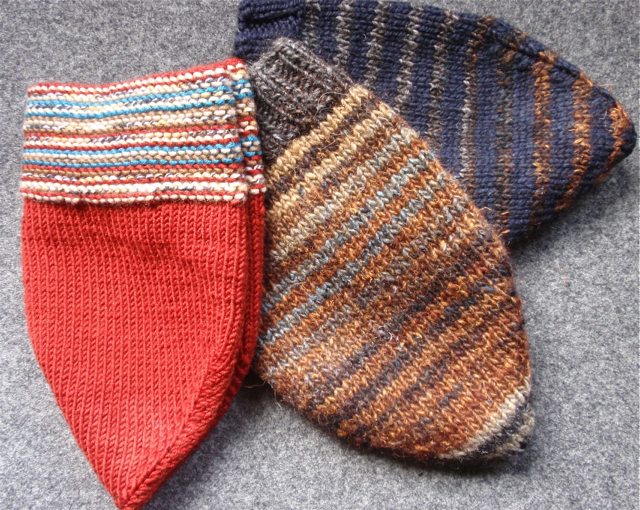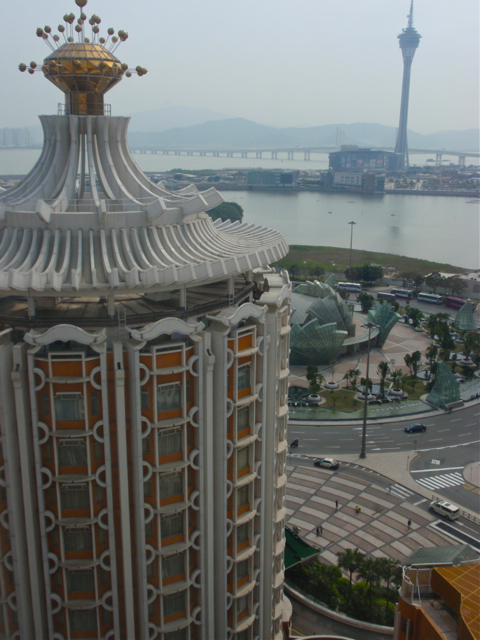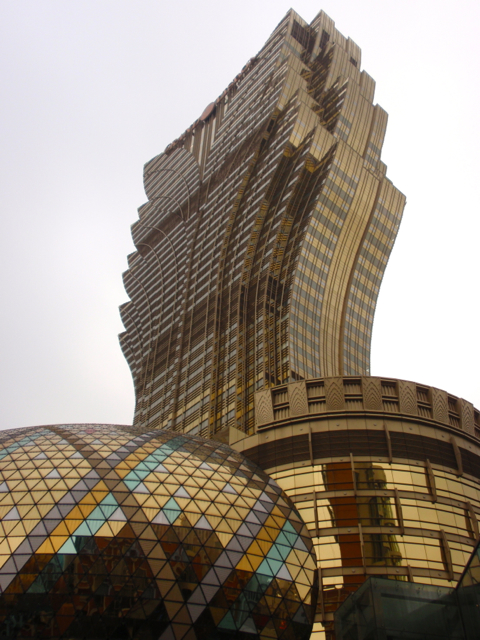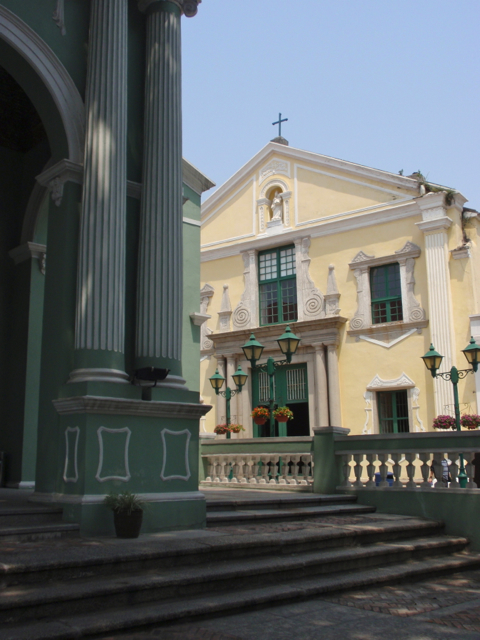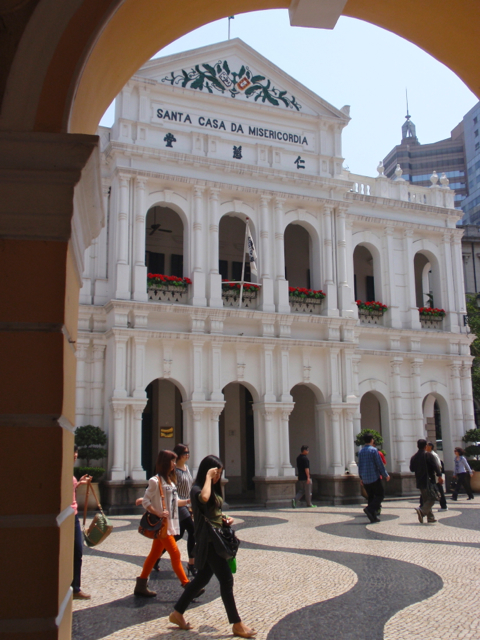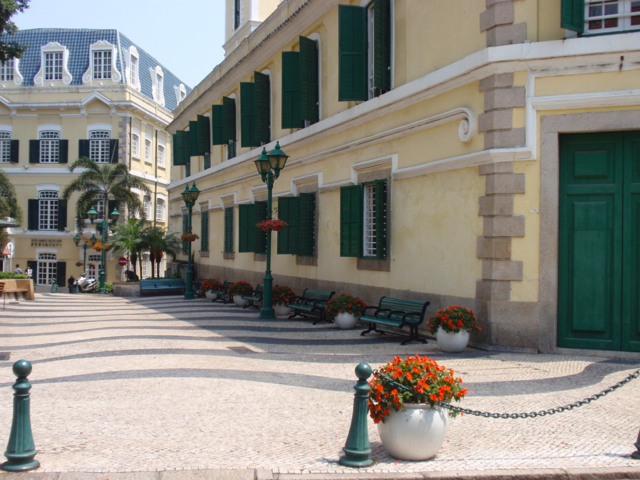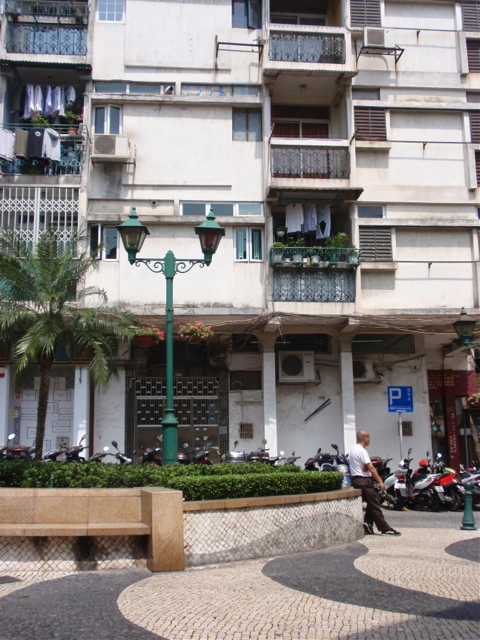Over the Easter break I've again been to Bermagui on the far south coast of New South Wales for the biennial
Four Winds Festival. Bliss. Two whole days of sitting in a most beautiful outdoor amphitheatre, in perfect weather, listening to music that was variously challenging, meditative, amusing, exciting, nostalgic, and capable of producing almost any other (pleasant) emotion you could possibly imagine. I've written before about Four Winds and commented that it's a wonderful and extraordinarily well-kept secret. Well, no longer. The 2012 festival reached its capacity - around 1,500 people - so if you ever want to attend future festivals you need to get in early. This year the festival had a new, soaring, sound stage, designed by well-known architect Phillip Cox who is a long-time supporter of the festival. The acoustics of the amphitheatre have always been good, but they're now excellent.
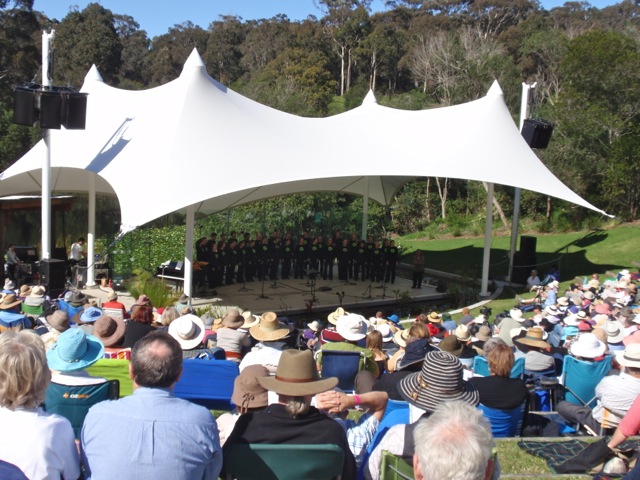
The festival's artistic director, recorder virtuoso
Genevieve Lacey, had put together an amazingly innovative program. There were were many new Australian compositions, many unexpected combinations of instruments, and a number of rearrangements of well-known pieces of music. Among my favourites were a grouping of pieces titled
oriental pictures that contained some Chinese classics as well as Mussorgsky's
Pictures at an Exhibition arranged for violin, cello, shakahachi and koto, and a rearrangement of Bach's
Goldberg Variations (probably my favourite piece of music ever, if one can have such a thing) for two pianos. I also loved the playing of Scots classical accordianist
James Crabb who, as well as playing some Piazzolla tangos I loved, played some Scottish folk airs accompanied by Genevieve Lacey on recorder. If this all sounds a bit gimmicky, it wasn't. All the musicians were masterly, and you could tell they enjoyed the broad and free contexts for music making that the festival provided.
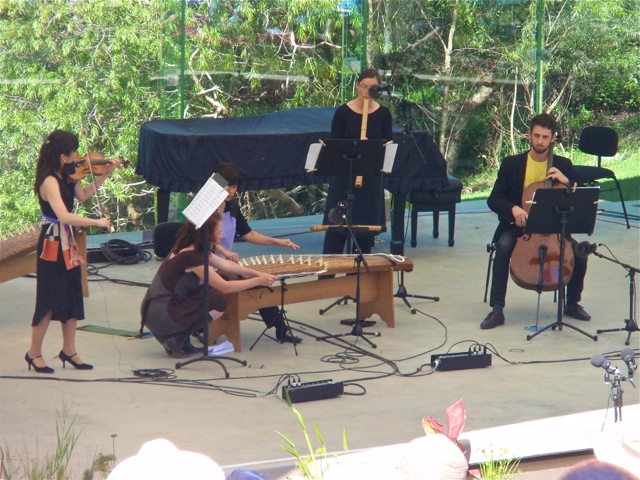
I stayed with old friends for the weekend and so the festival program was surrounded by lots of discussion about the music and general chat and shared meals and wine and by a little sight-seeing and touristing. The festival included a whimsical soundscape as an adjunt to the music program -
the seagull: a sound vessel. We boarded
the seagull - a small boat - at about 7.00 one chilly morning and were rowed into Wallaga Lake.


As we sat in the boat, surrounded by the lake awakening to its daily life and the sounds and sights of the busy birdlife, we listened to tales of the area and its sounds. It was a magical half hour.
We also visited Tathra, further south from Bermagui and, before roads south were built, a major port for the south coast area of New South Wales. The Tathra Wharf, built in 1862, has been classified by the National Trust. As we drank coffee and ate delicious cake at a cafe that opens to a stunning view of the wharf and surrounds, a dramatic storm blew up from the south. Apparently this signalled good fishing weather because in the time it took to drink our coffee and eat our cake the wharf was filled with fisherfolk.
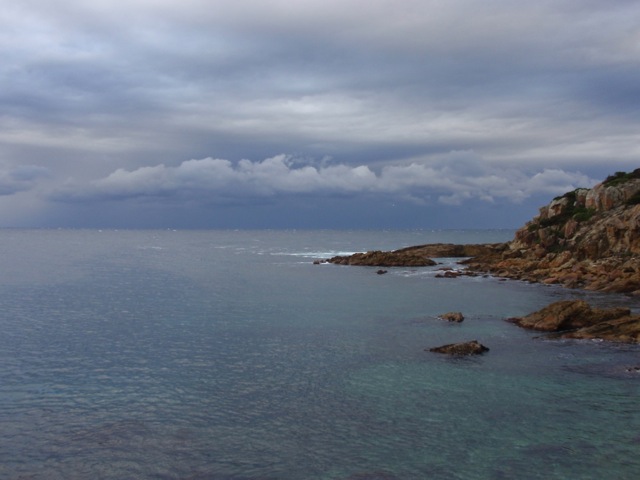
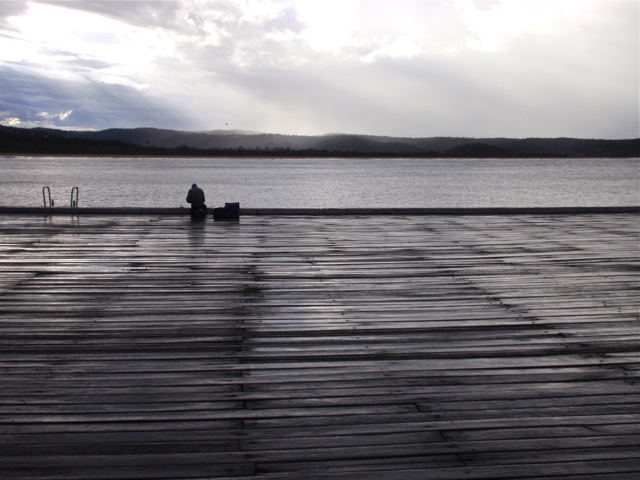

I think this was my sixth attendance at this festival. Each year it just becomes more wonderful - apart from the lengthy drive to and from Sydney. I hope to attend more of them. Not only the festival is wonderful - every time I visit I marvel at the beauty of the landscape around Bermagui and just how much this beauty is part of one's everyday life. All the photos below were taken within a ten minute walk of the house in which I stayed:
the beach
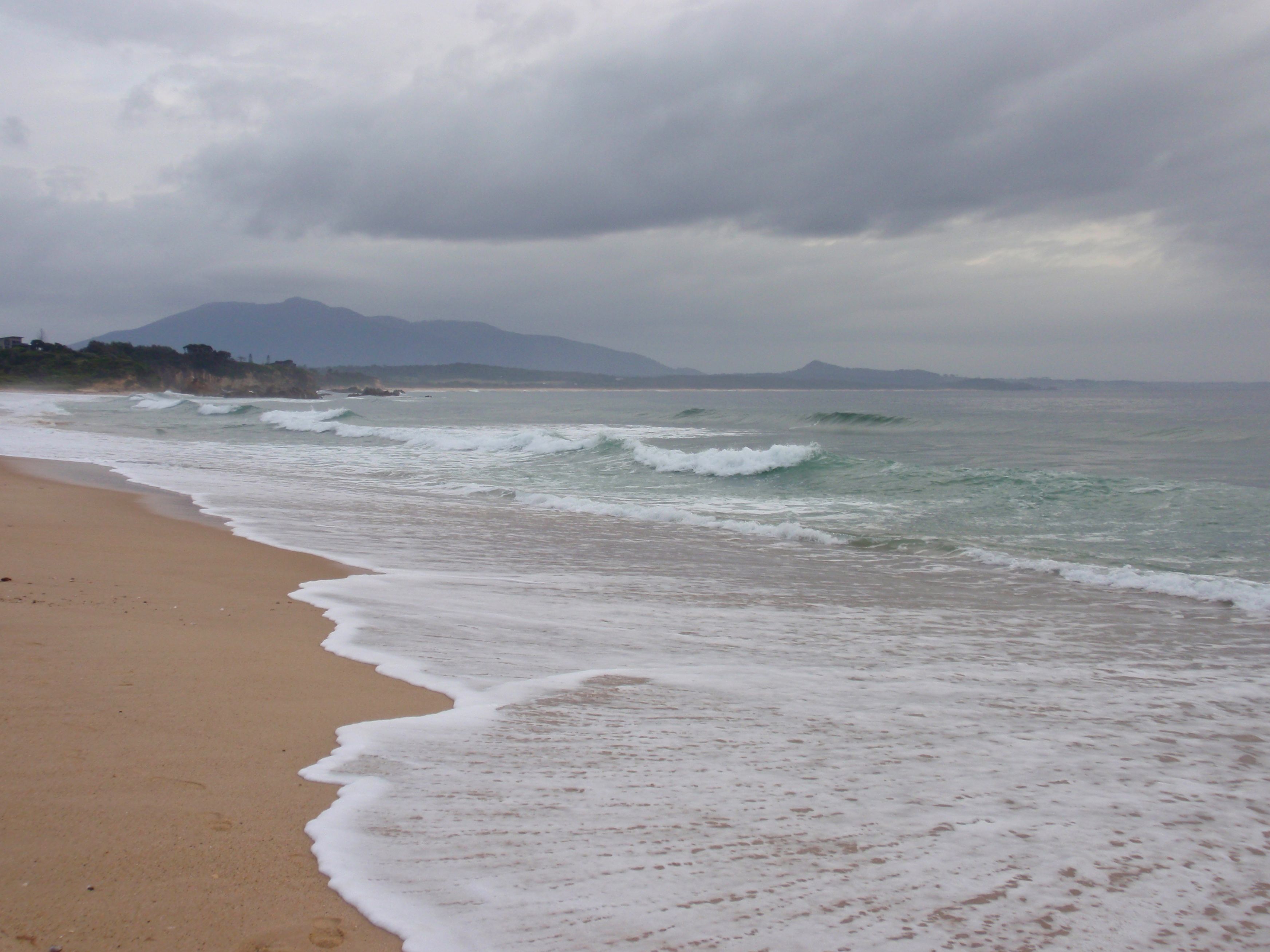
the dunes
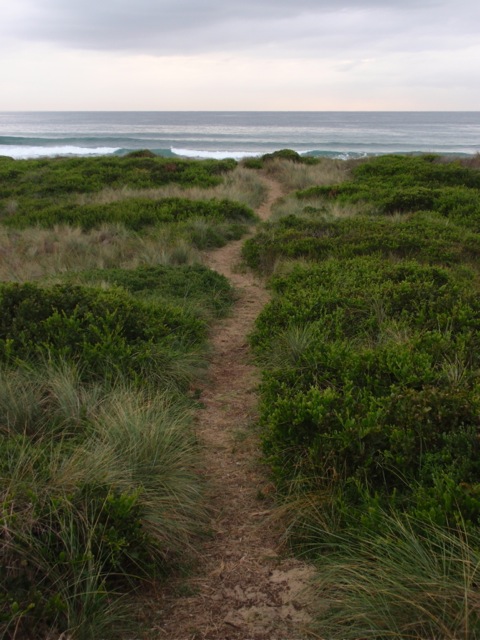
and the wetlands. I can't resist boardwalks...

and I can't wait till Easter 2014 and whatever the next Four Winds brings.



